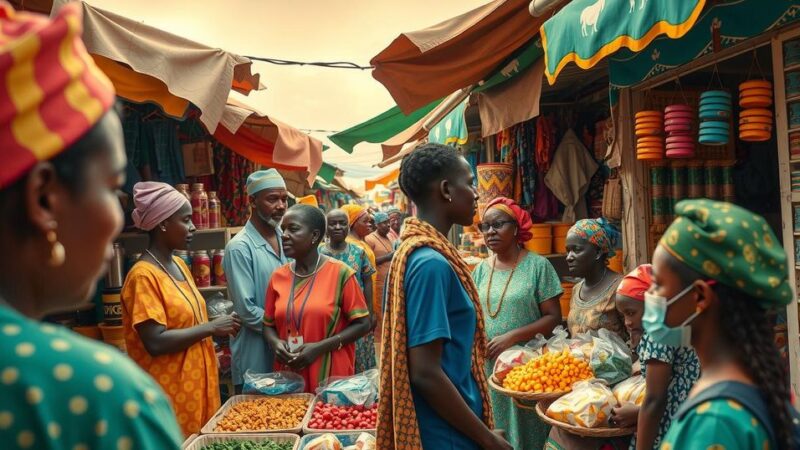Coffee prices rose on Tuesday, driven by below-normal rainfall in Brazil impacting crop yields. Rapid sales of Brazil’s 2024/25 coffee harvest and declining inventories also support prices. Conversely, Production declines in Vietnam and projected shortages heighten price tensions, while global export figures present a mixed scenario for coffee pricing.
Coffee prices experienced an upward trend, with May arabica coffee rising by 11.75 cents to close at $3.99 per pound, while ICE robusta coffee climbed by 159 cents to $5.64 per pound. This increase is primarily attributed to below-average rainfall in Brazil, which may lead to reduced coffee crop yields. Reports indicate that Brazil’s major arabica growing region, Minas Gerais, received only 11.4 mm of rain, amounting to just 24% of the historical average for that period due to the Brazilian Carnival holiday disrupting rainfall updates.
Additionally, decreasing coffee inventories have contributed to the rise in coffee prices. As of the previous Friday, ICE-monitored robusta coffee inventories fell to a two-month low of 4,247 lots, while arabica coffee inventories decreased to a nine-and-a-quarter month low of 758,514 bags, later recovering to a two-week high of 809,128 bags.
Sales of the 2024/25 coffee harvest in Brazil have progressed rapidly, with producers selling 88% of the crop as of February 11, compared to the previous year’s 79% and a five-year average of 82%. However, the sales pace for the 2025/26 crop has been notably slow at 13%, indicating a limited new supply and reluctance among producers to sell.
Concerns about coffee supply are compounded by reports from Cecafe indicating that Brazil’s January green coffee exports declined by 1.6% year-on-year. Furthermore, the government agency Conab has projected a 4.4% decrease in Brazil’s 2025/26 coffee crop to a three-year low of 51.81 million bags, following a reduction in the 2024 crop estimate.
The ongoing dry conditions worsened by the El Niño effect may have lasting impacts on coffee production in South and Central America. As Brazil endures its driest agricultural seasons since 1981, fewer rainfalls during crucial growth stages threaten the prospects for the upcoming arabica crop. In a parallel situation, Colombia, recognized as the second-largest arabica producer, is slowly recovering from drought impacts.
For robusta coffee, production is declining due to drought in Vietnam, which reported a 20% reduction for the 2023/24 crop year, its smallest yield in four years. While some projections indicate slight improvements in robusta production for 2024/25, coffee exports from Vietnam have decreased significantly.
Conversely, the International Coffee Organization reported a decrease in global coffee exports during December, which may have bearish implications for market prices. Data revealed a 12.4% year-on-year decline in global coffee exports and a 0.8% drop in total global exports from October to December.
The USDA’s December biannual report presents mixed predictions for coffee prices, estimating an increase in global coffee production for 2024/25 alongside a projected decline in ending stocks, signaling potential price stability challenges. Projections for Brazil’s production were revised downward due to recognized drought severity based on crop surveys, estimating a future arabica deficit.
In summary, coffee prices are supported by below-normal rainfall in Brazil, influencing crop yields and inventories. Rapid sales of the coffee harvest indicate a tight supply, while reduced production in Vietnam adds further pressure. The dual concerns of declining inventories and adverse weather conditions may unsettle market stability, highlighting the complex dynamics in the global coffee industry.
Original Source: www.tradingview.com






